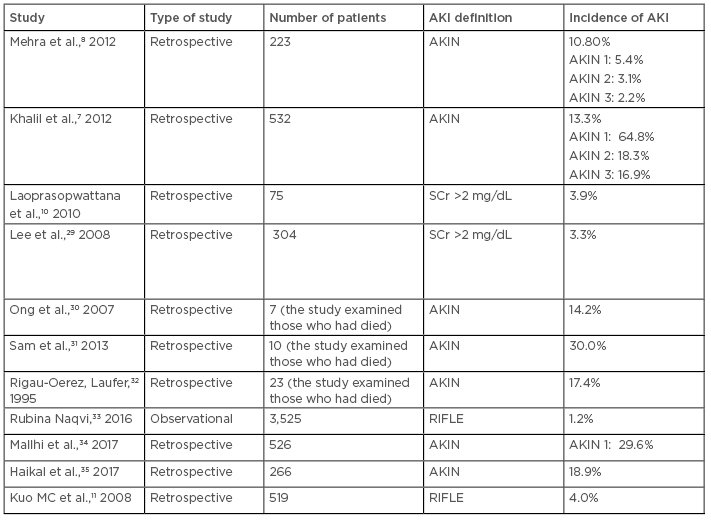
If you have Chestrus warts, you’re not alone. The treatment is more effective than a placebo in reducing the size of warts. The British Journal of Dermatology study found that salicylic acid (found in aspirin) is the best anti-viral treatment. And unlike some topical treatments, it causes few side effects. There are many salicylic acid preparations available over the counter. Concentrations range from 17% to 40%. Higher concentrations should only be used if the skin is very thick or if there is a high risk of burns or irritation.
Currently, the most common warts medications are salicylic acid and trichloroacetic acid. These medications are applied on the affected area and destroy the wart’s cells and proteins. The treatment is effective for several weeks, and you can apply it as often as needed. It is recommended that you consult with your doctor before using it, because the process of applying these medications can cause blisters and rashes.
Chestrus warts medications are also available over the counter. They come in the form of a gel, ointment, pad, and ointment. The active compound in these products is salicylic acid, which softens and dissolves abnormal skin cells. Some over-the-counter medications contain salicylic acid and can cause painful reactions, including body aches and fatigue.
In some cases, the wart removal products can be used by people who are contagious. Some of these wart removal products are nonprescription and come in liquid, ointment, and pads. The best one for common warts is 17 percent salicylic acid. During the treatment, you should avoid sexual activity until the symptoms subside. However, be aware that you may still be contagious, so avoid reusing the tools used to treat the wart.
The best way to treat warts is to visit a doctor. A doctor will prescribe a specific medication based on your symptoms and preferences. Some of these medications are over-the-counter, but your doctor may prescribe them. You should not be able to get them over-the-counter, and you must pay for them. You should talk to your physician for a recommendation, as this will depend on the type of wart you have.

There are a few over-the-counter warts medications that you can buy over the counter. Imiquimod cream, for example, can be applied to the affected area. You should apply the medication for six to ten hours every day. If you’re using an ointment, make sure to follow the instructions carefully. Keeping duct tape on the affected area will help the cream penetrate the skin.
Over-the-counter medicines for warts can be used to remove the warts. It is not necessary to get a surgical procedure if you don’t have any symptoms or are afraid of having the warts removed. You can apply the medication yourself or get it from a pharmacist. It will take up to 16 weeks to get rid of genital-warts. While the medications are not intended for removing the warts, you should consult with your physician if the disease has spread to other parts of your body.
Aside from the prescription medications, over-the-counter warts medications are also available. Some of them include ointments, lotions, and gels. Some of them have salicylic acid, which is a chemical that dissolves the wart. Some of these creams also contain duct tape, which allows the salicylic acid to penetrate the skin. But they have their own side effects.
To use the medication, you must soak the wart in water for at least an hour. If you want to be sure that the medication gets through, you should use a cotton swab. Do not reuse the same tools after applying the medicine, as you risk reinfection. The application of this cream can weaken condoms and diaphragms. The duct tape will help the salicylic acid penetrate the skin.
A typical treatment involves freezing the wart with liquid nitrogen. The cold will cause the wart to shrivel and disappear, but new warts can develop nearby. In these cases, it is advisable to use Chestrus wart medications. These medications have few side effects and will not damage the surrounding skin. Usually, warts will go away on their own, but you should keep them covered with a patch or bandage.
